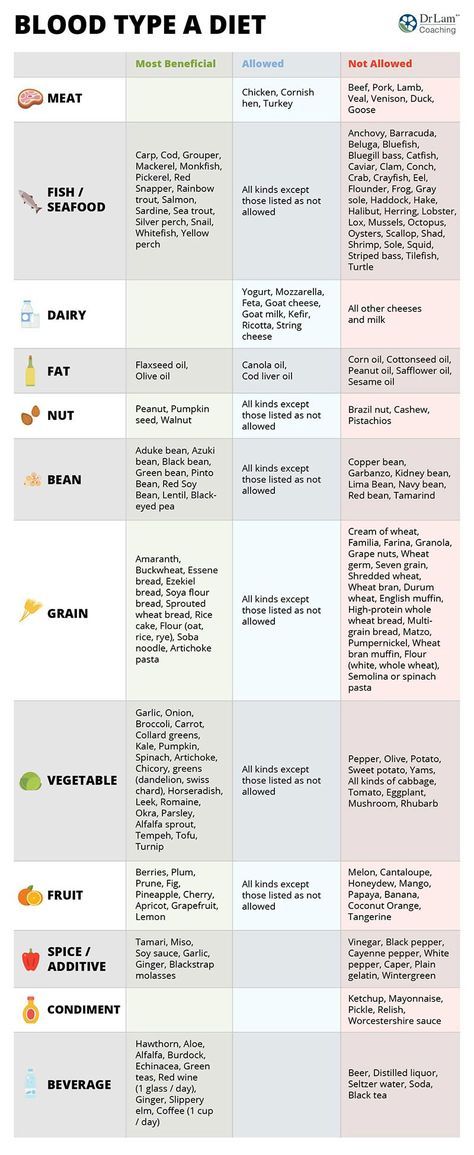Apply Now
Smart Ways to Understand Fruit vs Vegetable in 2025
Understanding the distinctions between fruits and vegetables is crucial for anyone interested in nutrition, cooking, and sustainable agriculture. The importance of these two classifications extends beyond simple culinary definitions, impacting our dietary choices, health benefits, and how we interact with food culture on a global scale. As awareness of plant-based diets and organic farming practices increases, so does the need for a deeper understanding of what constitutes a fruit or vegetable within the context of plant biology and consumer preferences.
In this article, we will explore the classification differences between fruits and vegetables, their nutritional values, culinary uses, and the role of seasonal availability. By understanding these categories, you can make informed choices about your dietary preferences and meal planning, helping you lead a healthier lifestyle. Additionally, the discussion will cover the impact of growing conditions, market trends, and food preservation methods.
Key takeaways include:
- The botanical definitions that distinguish fruits and vegetables
- Nutritional benefits and culinary applications of various types
- How seasonal availability influences food choices and sustainability
With a solid foundation on fruits and vegetables, let's delve deeper into their classifications and health benefits.
Essential Differences Between Fruits and Vegetables
Building on our introduction, the differences between fruits and vegetables lie in their botanical definitions and culinary applications.
Botanical Definitions and Classifications
Botanically, fruits develop from the flowering part of plants and contain seeds, while vegetables are other edible parts of plants, which can include roots, stems, and leaves. For example, tomatoes and cucumbers are fruits because they develop from flowers and contain seeds, whereas carrots and lettuce are classified as vegetables due to their edible roots and leaves, respectively.
Understanding these classifications helps clarify common misconceptions about certain produce items such as bell peppers and squash, which are often mistaken for vegetables but are technically fruits.
Nutritional Value and Health Benefits
Both fruits and vegetables provide essential vitamins, minerals, and antioxidants that contribute to a balanced diet. Fruits are typically rich in vitamins such as vitamin C and contain carotenoids and phytochemicals that offer various health benefits.
Vegetables, on the other hand, are an excellent source of dietary fiber, essential for digestive health, and often provide significant amounts of minerals like potassium and magnesium. Including a variety of both in your diet can improve health outcomes and support weight management efforts.
Culinary Uses and Recipe Ideas
In the kitchen, the distinctions play a vital role in cooking techniques and flavor pairings. Fruits often add sweetness and are used in desserts, smoothies, and salads, while vegetables are predominant in savory dishes.
For instance, consider a refreshing fruit salad made of seasonal fruits, or a hearty vegetable stir-fry filled with leafy greens and root vegetables. Experimenting with different recipes allows you to appreciate the flavor profiles and cooking techniques unique to each category.
Growing Conditions and Seasonal Availability
With these fundamental classifications established, let's explore how growing conditions and seasonal availability influence our understanding and consumption of fruits and vegetables.
Understanding Seasonal Patterns for Optimal Freshness
Seasonal availability is crucial for obtaining the freshest produce. Fruits and vegetables are often at their peak flavor and nutritional content when harvested in their natural growing seasons. For example, berries are typically in season during the summer months, while root vegetables thrive in colder weather.
Shopping at local markets or participating in community-supported agriculture can ensure that you access seasonal fruits and vegetables, ultimately enhancing your meals and supporting local farmers.
Organic vs. Conventional Growing Practices
The choice between organic and conventional produce often hinges on growth practices. Organic vegetables are grown without synthetic pesticides and fertilizers, promoting sustainability and environmental health. Additionally, organic fruits are more likely to contain higher levels of vitamins and minerals due to enhanced soil health.
Understanding the differences in production methods can aid consumers in making healthier food choices that align with their wellness goals and environmental values.
Sustainable Agriculture and Consumer Preferences
As consumers become more conscious of their food choices, trends in sustainable agriculture have risen. Educating yourself about where and how your food is grown can lead to better health decisions and support for sustainable farming practices.
The agricultural field is continuously evolving, with innovative farming practices such as hydroponics and aquaponics, which reduce resource use while maximizing production.
The Nutritional Powerhouse: Fruits and Vegetables
With an understanding of classifications and growing conditions, we can now focus on the nutritional benefits that fruits and vegetables consistently offer.
Comparative Nutritional Profiles
Fruits are often lauded for their high sugar content, but they are also loaded with dietary fiber, vitamins, and antioxidants that support a healthy immune system. On the flip side, vegetables bring a wide variety of nutrients, with darker leafy greens generally having higher vitamin content compared to lighter varieties.
By studying the nutritional profiles of various fruit types and vegetable types, you can create balanced meal plans that cater to your family's health needs.
The Role of Phytochemicals and Antioxidants
Phytochemicals are compounds found in both fruits and vegetables that promote health due to their antioxidant properties. These compounds can occur in various forms, such as carotenoids in carrots and lycopene in tomatoes.
Integrating diverse fruits and vegetables into your diet ensures a broad spectrum of phytochemicals that provide various health benefits, from reducing inflammation to lowering cancer risks.
Healthy Eating for Weight Management
Including more fruits and vegetables in your diet is not only beneficial for overall health but can also assist with weight loss. Low in calories and high in fiber, they provide satiety without excess calories, making them an essential part of any weight management plan.
Consider meal planning around fresh produce, utilizing recipes such as colorful salads, smoothies, or roasted vegetable dishes that promote a high-fiber diet while being easy to prepare.
Culinary Techniques and Food Pairing
Now, let’s delve into the culinary techniques that enhance the flavors of fruits and vegetables, as well as explore successful food pairings.
Cooking Methods for Flavor Enhancement
There are numerous cooking techniques available to bring out the best in fruits and vegetables. Steaming, roasting, and sautéing are popular methods for cooking vegetables, enhancing their natural flavors and maintaining their nutritional value.
Fruits, meanwhile, can be used fresh, juiced, or even grilled to elevate their sweetness—a creative technique that brings out unique flavor profiles.
Successful Food Pairings for Enhanced Nutrition
Pairing fruits and vegetables can lead to exciting culinary experiences. For instance, combining spinach (a leafy green) with strawberries can create a delicious salad that is not only healthy, but also visually appealing.
Consider diverse flavor combinations in your recipe ideas, from tropical fruit salads with mint to roasted vegetable medleys with herbs. These pairings can provide optimal nutrition and elevate your meals.
Recipe Database for Endless Possibilities
Maintaining an extensive recipe database can help you unlock the culinary potential of fruits and vegetables. Explore new techniques, ingredients, and international cuisine to cultures that celebrate edible plants and their diverse uses.
Whether it’s vibrant fruit smoothies, hearty vegetable soups, or creative side dishes, the recipe possibilities are limitless when you embrace the nutritional diversity that fruits and vegetables offer.
Conclusion: Embracing Plant-Based Nutrition
By understanding the differences between fruits and vegetables, their nutritional values, and culinary applications, we foster healthier eating habits and a more sustainable approach to our food systems. As we navigate through 2025 and beyond, embracing a plant-based diet will not only enhance our personal health but also contribute positively to community well-being and environmental sustainability.
The journey of understanding these classifications is just beginning, and continued education will empower us to make thoughtful choices in our food culture, paving the way for healthier futures. Make sure to explore local produce, experiment with recipes, and share your love for fruits and vegetables within your community, cultivating a culture of health and wellness.




